Cover Image @jellybabiesandjammiedodgers
by Sharvani, for Soul Travelling
Come mornings and the streets of Goa are scented with wafts of molten gold being baked. Men on cycles donning their signature shorts are ready to pack this treasure into their baskets and deliver it, steaming hot mind you, to every Goan whose day won’t start without it. We’re talking about the pao, a humble baked goodness that has found its space in Goa’s soul. Ask anyone and they’d tell you that everything tastes better with pao!
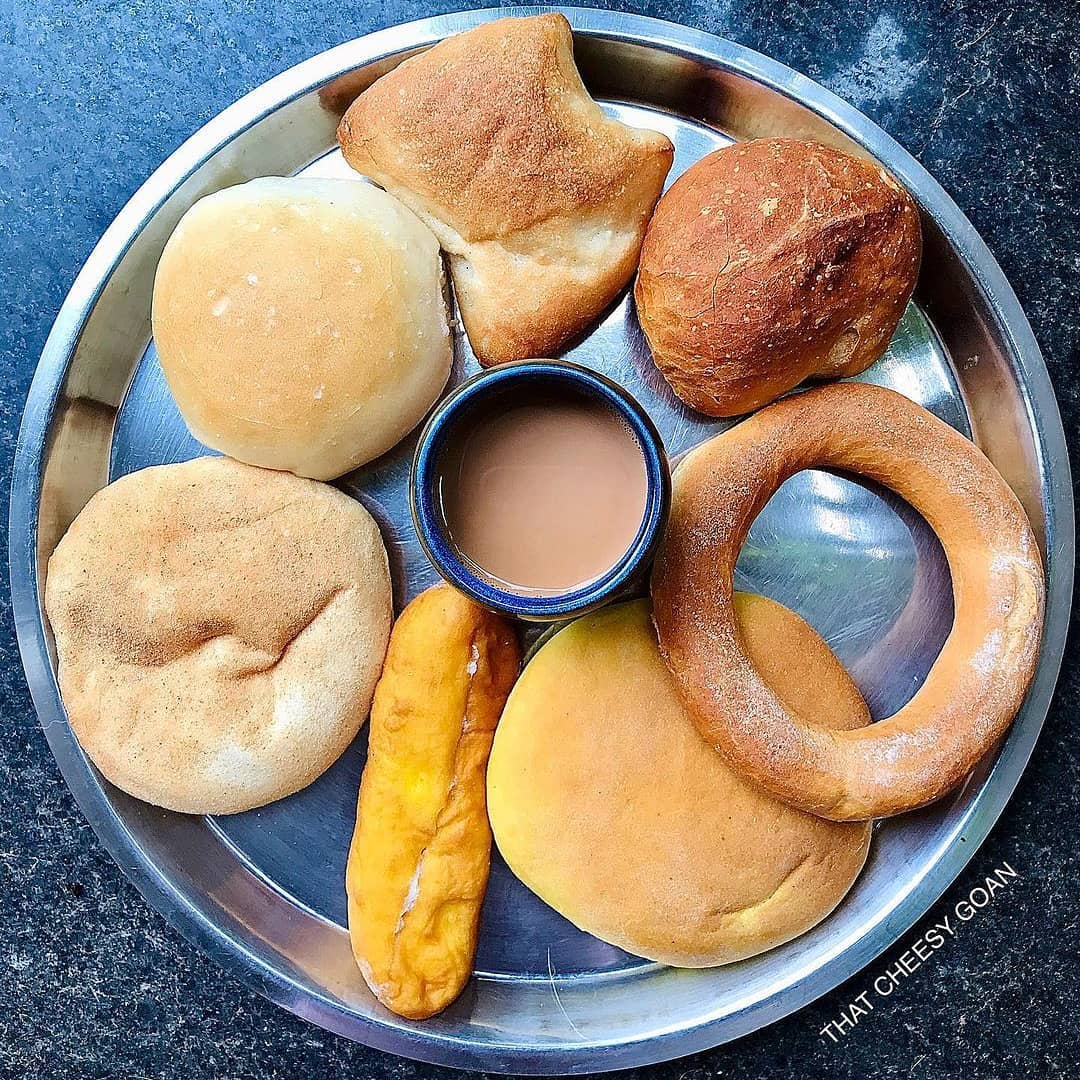
PC @thatcheesygoan
(In the picture, starting from top in clockwise direction: Katre pao, kadak pao or undo, kakonn, sweet poie, maska pao, poie, simple pao)
Around 400 years ago, apart from their vinegars, the Portuguese brought the art of baking with them. We like to believe that Goa hasn’t been the same since. We don’t stop at just the pao; poies, buns, katryache pao, kakonns take their own special places at meals. As simple as they look, the Goan breads are nothing short of art. If you ever talk to a baker, you’d know the pride they feel and the effort that goes into making a perfect pao.
So that’s what we did. We visited the bakers and found to our surprise things we didn’t know. To take something as banal as flour, salt and a little bit of water to conjure magic cannot be achieved with mere spells.
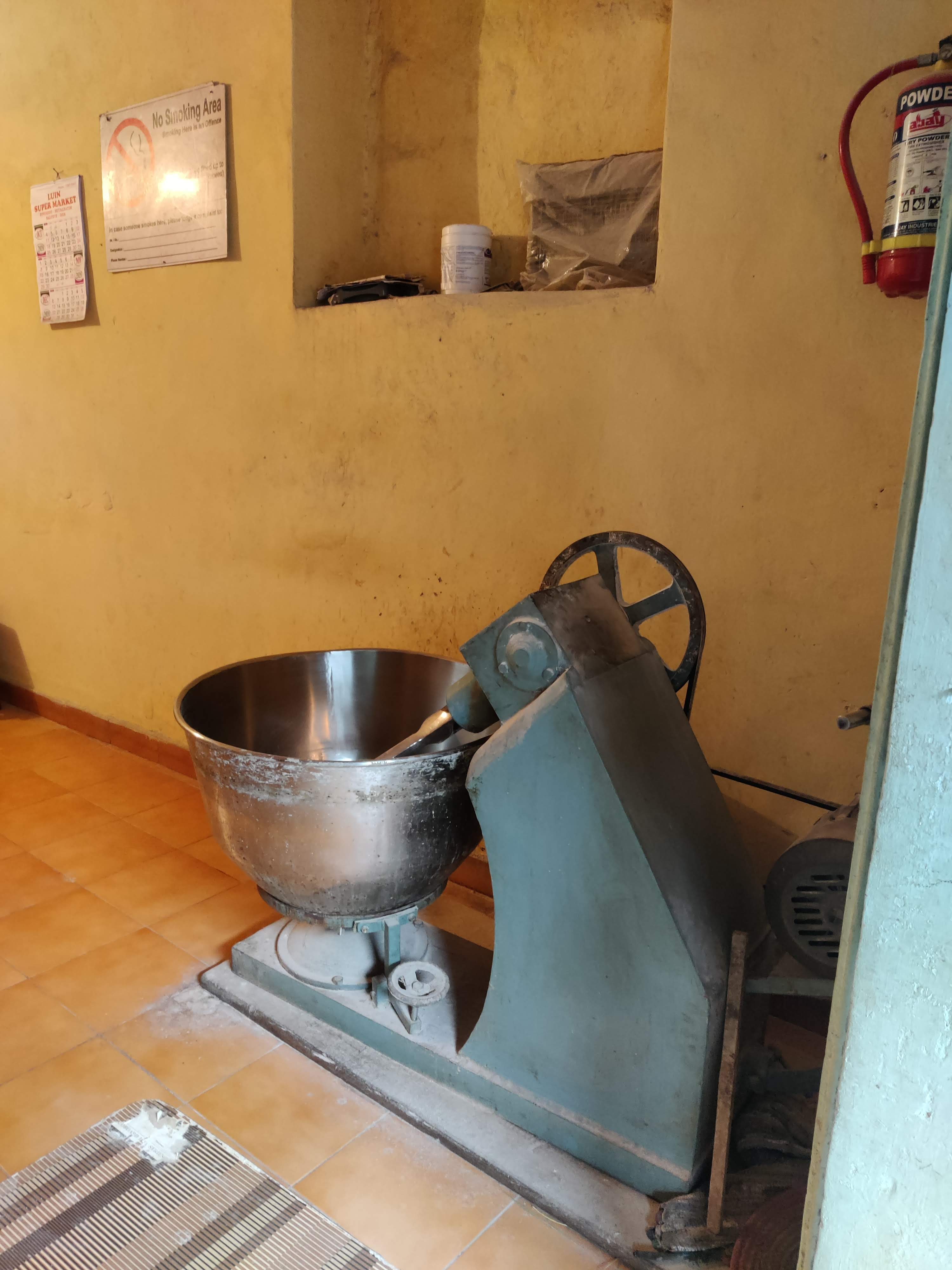
The dough is rolled for almost 3 hours in this machine PC @sharvanomnom
So what goes into the art of making Goa’s lifeline – the Pao?
“It takes patience, persistence and waking up at odd hours so the hot bread is ready to go out as the sun rises…or sets!” says Mr Godinho from Majorda. The 70-year old has picked up his father’s profession post retirement.
The face of Goan bread, the pao with its golden armour and white, soft interior rises from mere maida, yeast and water.
“I add salt and sugar for a little taste and softness. You mix all the dry ingredients first and then add water. Yeast, the main ingredient has to be put with caution. Some of us use toddy instead of yeast. Fermentation takes about 3 hours and then we prepare it a bit more. Then we prepare the pao rolls let it rest for another 45 mins.”
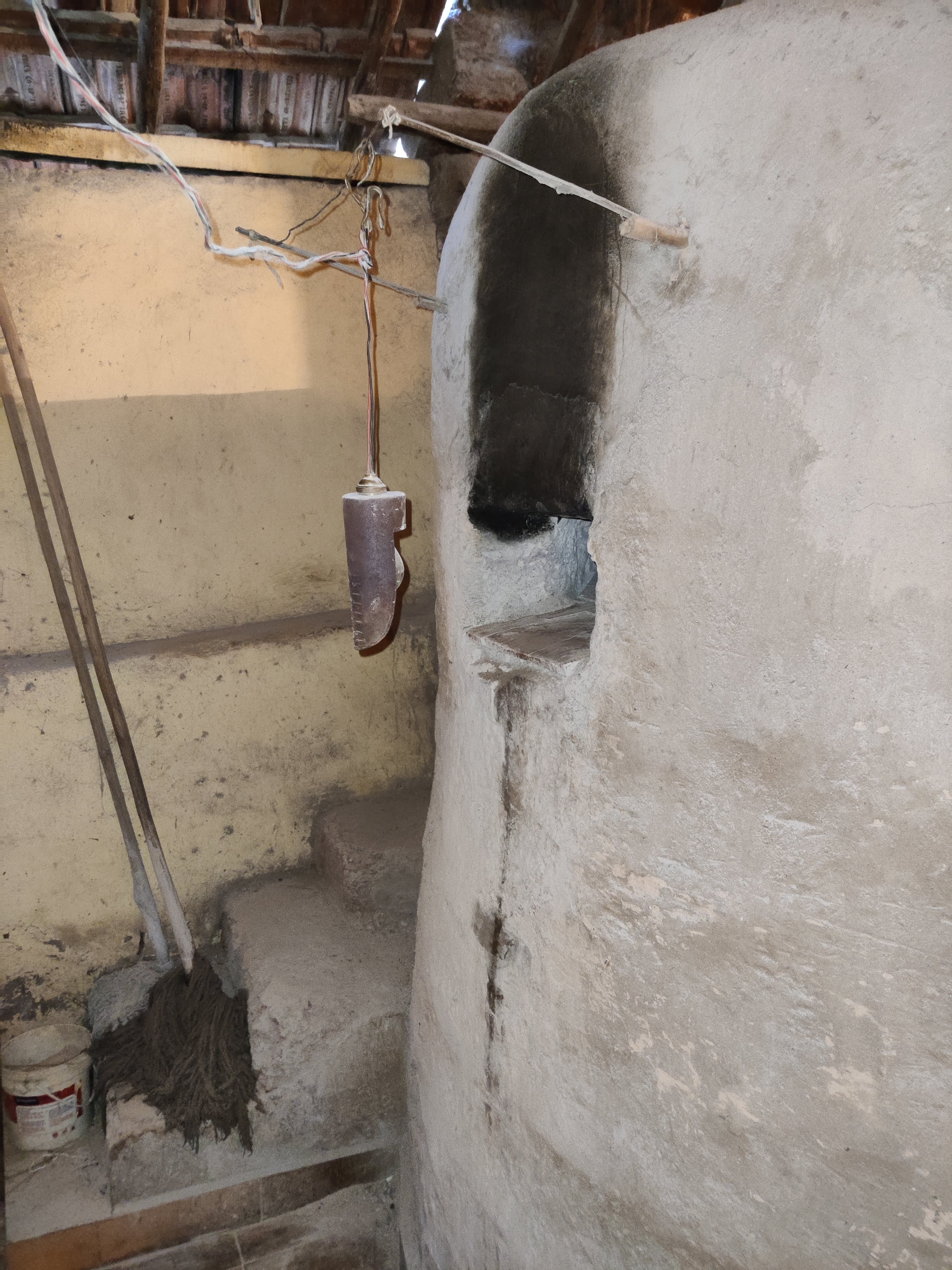
The wood fired oven PC @sharvanomnom
These beautiful rolls are then put into the pre-heated traditional wood fired oven where it bakes within a few minutes and needs to be taken out quickly! The poli or poie also comes to form under the same process, except for the fact that wheat flour with wheat bran is exquisitely used or mixed with a little bit of maida. The fermented dough is rolled into balls, dusted with wheat bran, our wonder fairy dust and then rolled into discs that are then baked.
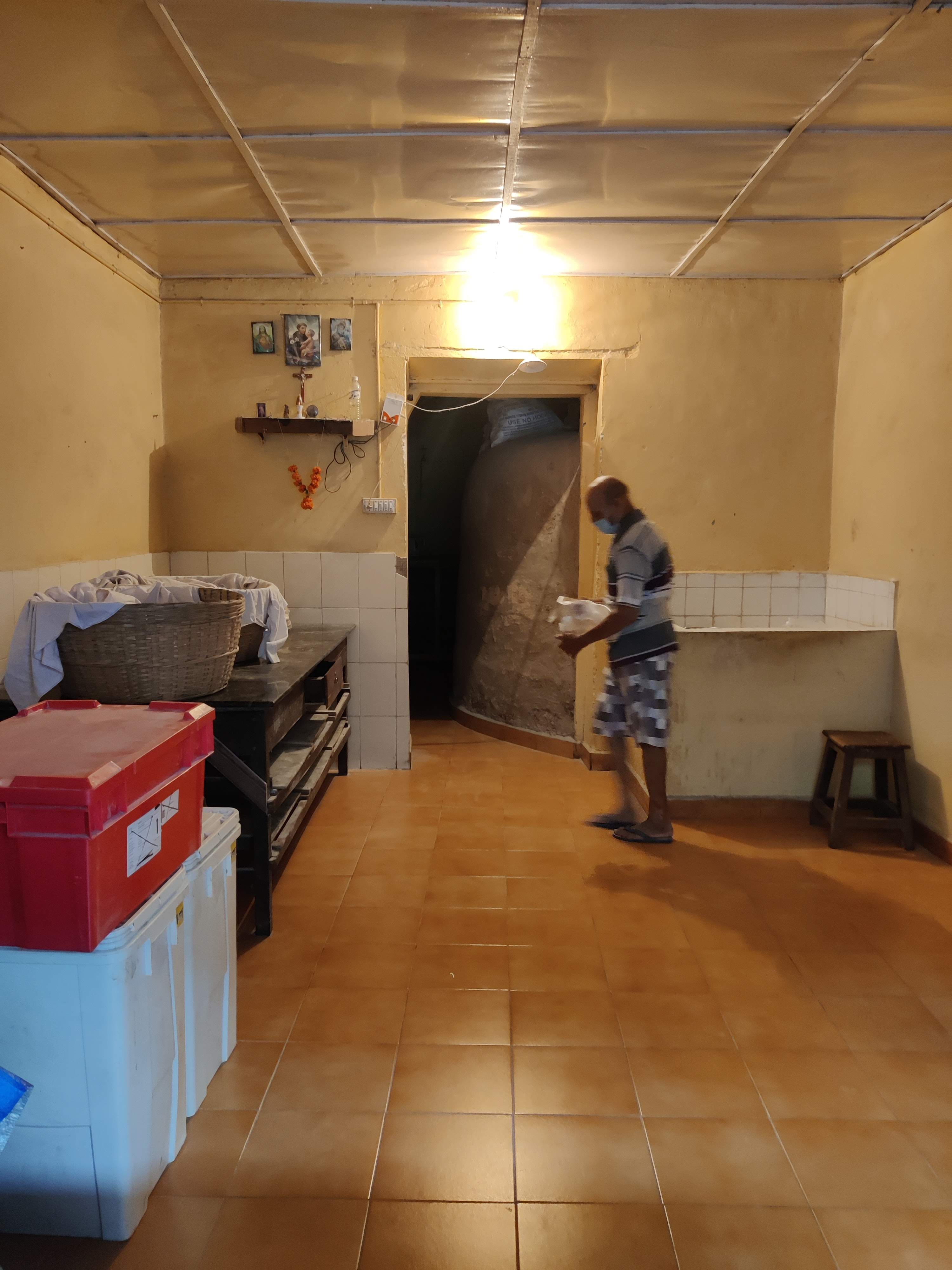
Mr Godinho’s den, where the art happens PC @sharvanomnom
If you ever ask a Goan to pick one over the other, they won’t be able to say. The pao goes well with ross omelette, the poie goes well with a certain mushroom xacuti / bhaji; the katre pao on the other hand, a bread that is shaped using scissors to have 8 sides, goes well with most gravies and looks pretty stunning while doing so, and the undo is famous for its presence at important meals with vindaloos and sorpotels and cafreals.
The undo is commonplace, yet mysterious. Most, in fact all, bakers say that it has the same recipe as the pao. Yet the structure is so different! It’s crunchier, and mind you, not burnt. It’s harder on the outside and softer on the inside! “The temperature and the duration is integral to making a good undo”, says Shweta Gadge, a Pune-based upcoming chef and creator of Goenche Kitchen.
“It’s an art that’s dying out, pao-making in general. I’m just trying to keep it alive in my own way.”
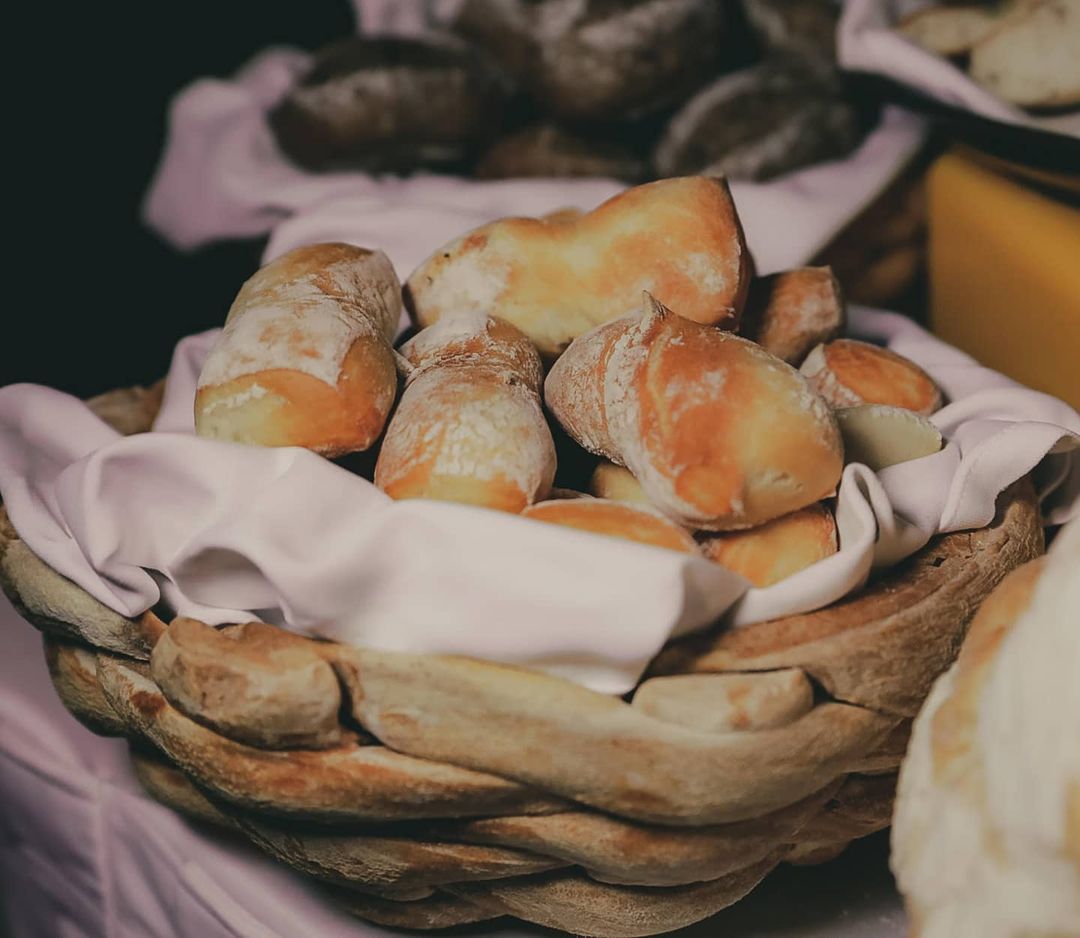
The Pao PC @crishnaa.madhavi
One says monotony gets to you and yet, we’re never bored of our pao. Somehow the first bite always feels the same, like we’re tasting an emotion. Yes, it’s not the most profitable of professions, yet it rests at the core of Goa’s existence, creating a harmonious narrative that gets passed down for generations. When the sun rises, it’s not just the rooster that wakes us up; it’s the poder, the breadman, on his cycle rolling through the streets sounding his typical air-horn leaving behind wafts of sweet bread in his wake!
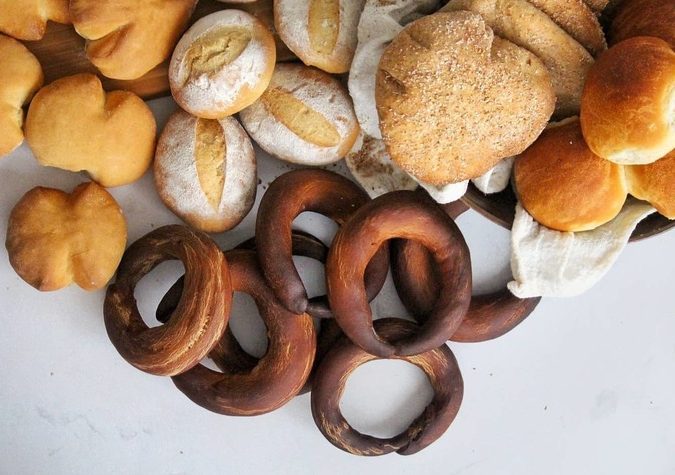
Leave a Reply